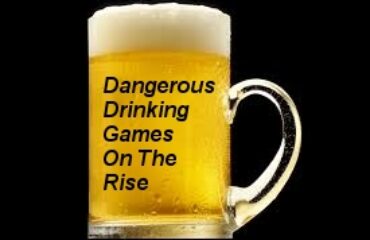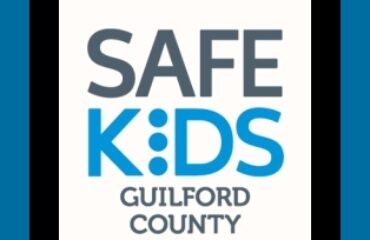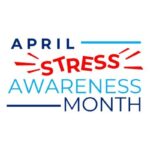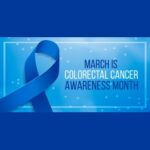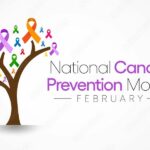April is Alcohol Awareness Month

Know! April is Alcohol Awareness Month
The media has done a good job bringing to light the prevalence and severity of the use of heroin, prescription drugs and marijuana among our nation’s youth. But what about alcohol? We don’t hear much about it in the news anymore. Is underage drinking still that widespread? And c’mon, is it really that big of a deal? YES and YES.
Alcohol remains the number one drug of choice among youth, and excessive drinking continues to lead to more than 4,300 adolescent deaths each year.
The good news is that overall, underage drinking has declined. The 2016 Monitoring the Future Survey found that 7% of 8th graders, 20% of 10th graders and 33% of 12th graders had consumed alcohol within the past 30 days – all down from past years. Similarly, when it comes to binge drinking (defined as five or more drinks in a row by males or four or more drinks in a row by females), it has also decreased, with 3% of 8th graders, 10% of 10th graders and 16% of 12th graders reporting recent binge drinking. However, anytime young people are drinking alcohol, it is a problem. Furthermore, the 2015 Youth Risk Behavior Survey showed that 8% of high school students admitted to getting behind the wheel after drinking and 20% said they rode in a car with a driver who had been drinking.
Car accidents are the leading cause of death for adolescents. And stepping into a car as either an impaired driver or as the passenger of an impaired driver can be a fatal mistake.
The hazards of underage drinking include a long list of risks and should never be taken lightly. According to the Centers for Disease Control and Prevention, youth who drink alcohol are more likely to experience:
- School Problems – missing school and poor or failing grades
- Social problems – fighting and loss of interest in extracurricular activities
- Legal problems – from impaired driving or physically hurting someone while under the influence
- Physical problems – hangovers and illnesses
- Disruption of normal growth and sexual development
- Changes in brain development – some that may have lifelong effects, including memory issues
- Unwanted, unplanned and unprotected sexual activity
- Abuse of other drugs
- Physical and sexual assault
- Increased risk for suicide and homicide
- Unintentional alcohol-related injuries and fatalities – due to burns, falls, drowning and alcohol poisoning (in addition to car crashes)
There are also certain times and circumstances in our children’s lives where they may be at greater likelihood for underage drinking. When youth transition into middle school or high school, or acquire a driver’s license – these are especially risky times for teen alcohol use. Youth with conduct problems, depression or other emotional issues; anyone with a family history of alcoholism; young people whose friends drink or are involved in other deviant activities – are all at increased risk for the onset of teen drinking.
It is also important to keep in mind that young people who begin drinking before the age of 15 are six times more likely to develop alcoholism or have problems with alcohol later in life, compared to those who wait until turning 21. With this in mind, the importance of delaying drinking is immense. In the following tip we will share some ideas to assist you in keeping your child alcohol-free.
Sources: Centers for Disease Control and Prevention: Alcohol Fact Sheets – Underage Drinking. 2016 Monitoring the Future Survey. 2015 Youth Risk Behavior Survey.


